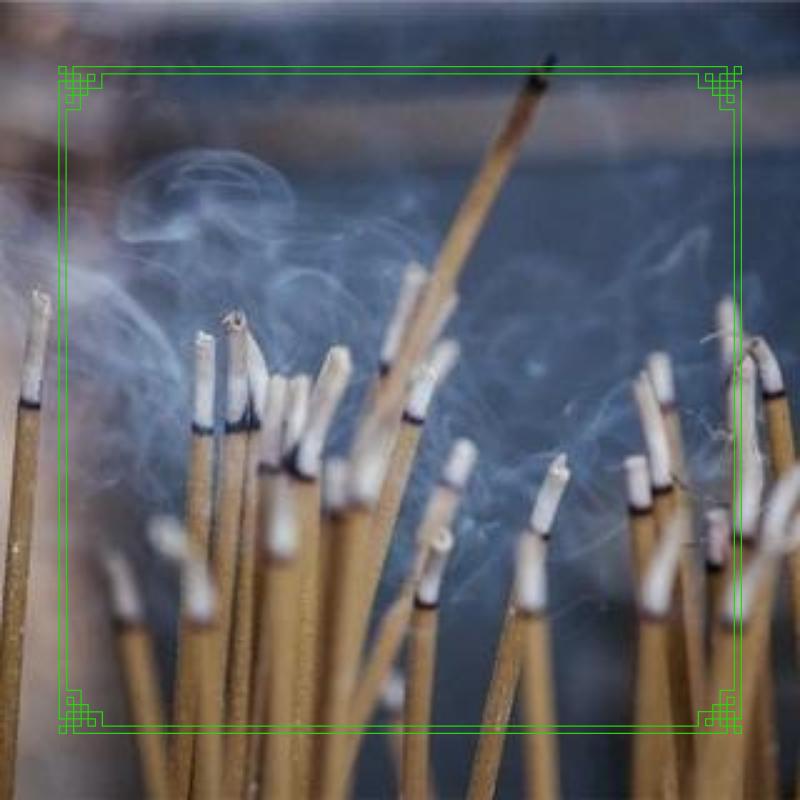
Incensi Tibetani
Tibetan or Himalayan incense has long been prized as a ritual support in Tibet and throughout the Himalayan regions. Today it continues to be crafted in Tibet and also in Nepal and India where there is a large Tibetan community in exile. Tibetan incense is used daily for ritual offerings and is prescribed in Tibetan Medicine for its healing properties and distinct aroma. It is believed that Guru Padmasambhava concealed a terma teaching on the use and preparation of incense during his time in Tibet in the 8th Century. This treasure text was later discovered and the practice was adopted by all the lineages of Tibetan Buddhism. Over the centuries other recipes have been formulated by realised masters and accomplished practitioners of Tibetan Medicine.
A daily incense or sang offering has therefore become an important part of Tibetan culture. Indeed, most homes and monasteries will have a place reserved solely for offering and burning incense. Tibetan incense is typically rolled into sticks or blended into powder. Unlike Indian incense it is not rolled onto bamboo splints. It is purely made from herbs, plant resins, spices and minerals and some special varieties can contain more than 100 ingredients. The use of incense is also an important aspect of Tibetan medicine and it is often burnt to alleviate depression, stress and anxiety. Due to the calming effect it has on the mind it is also widely used as an aid to meditation and relaxation.
